5183+ reviews
Order by 16:00 for same day shipping
14 days return
EN
Individual
Business
Projects
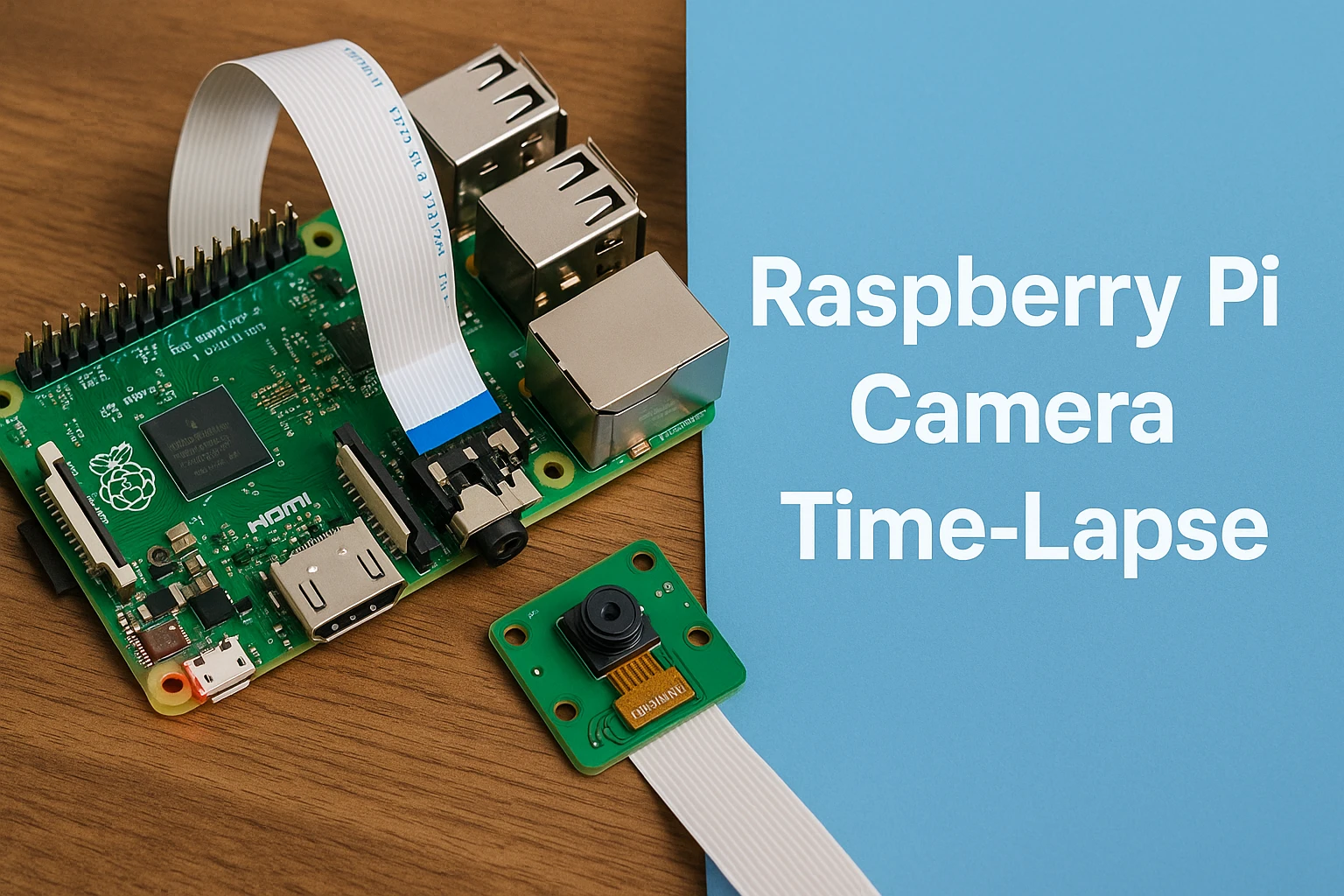
Beginner | Raspberry Pi
Raspberry Pi Camera time lapse

Intermediate | Raspberry Pi
Raspberry Pi project: Pi-hole ad blocker
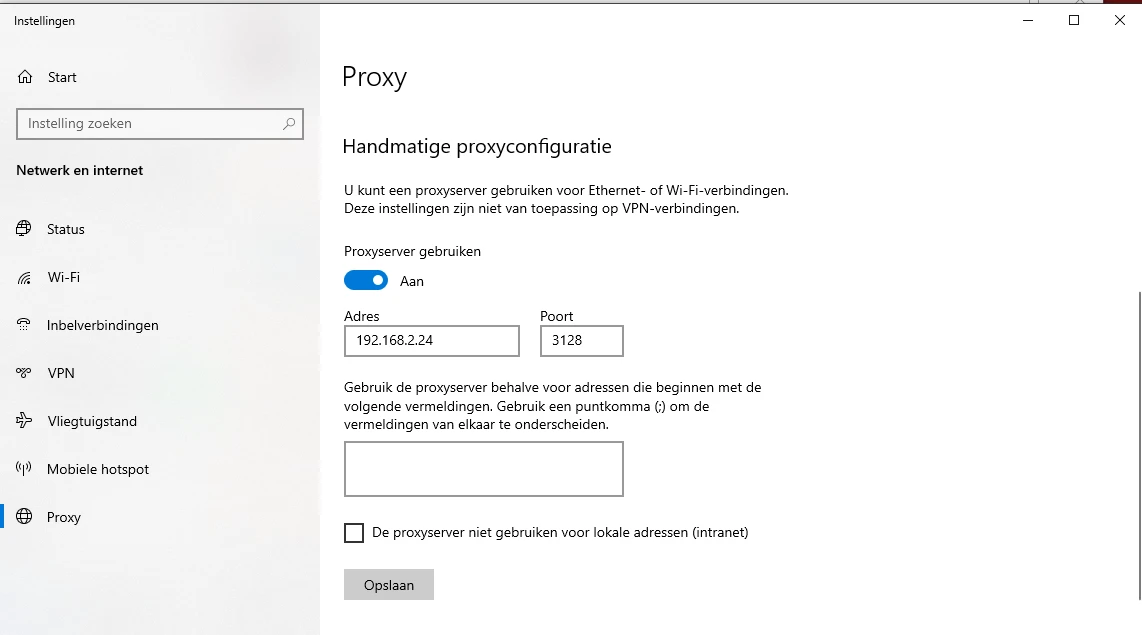
Expert | Raspberry Pi
Setting up a Raspberry Pi Proxy Server
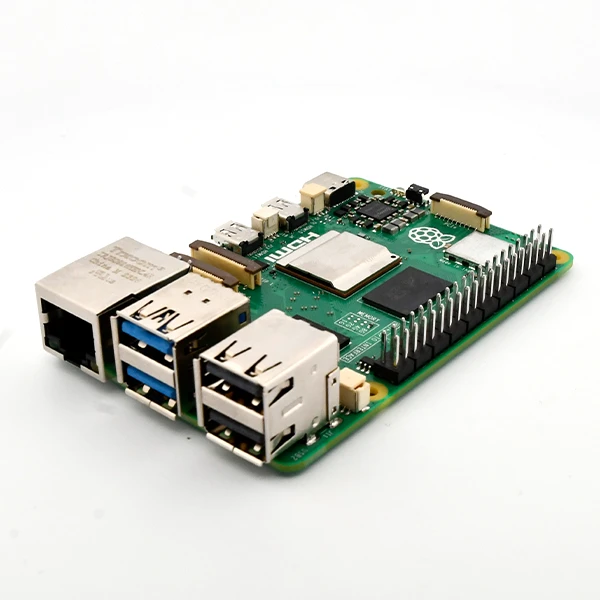
Intermediate | Raspberry Pi
Boot Raspberry Pi from USB or Network
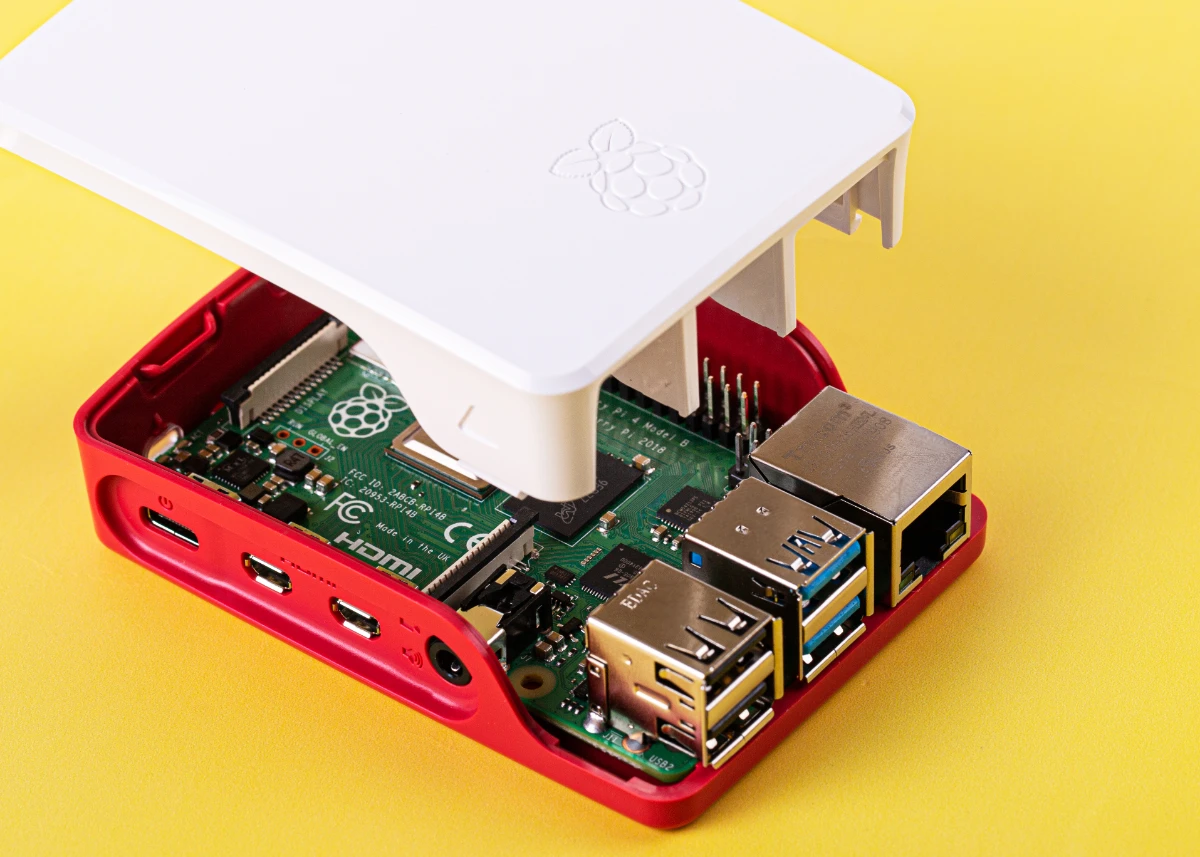
Beginner | Raspberry Pi
Program your first Python project on a Raspberry Pi
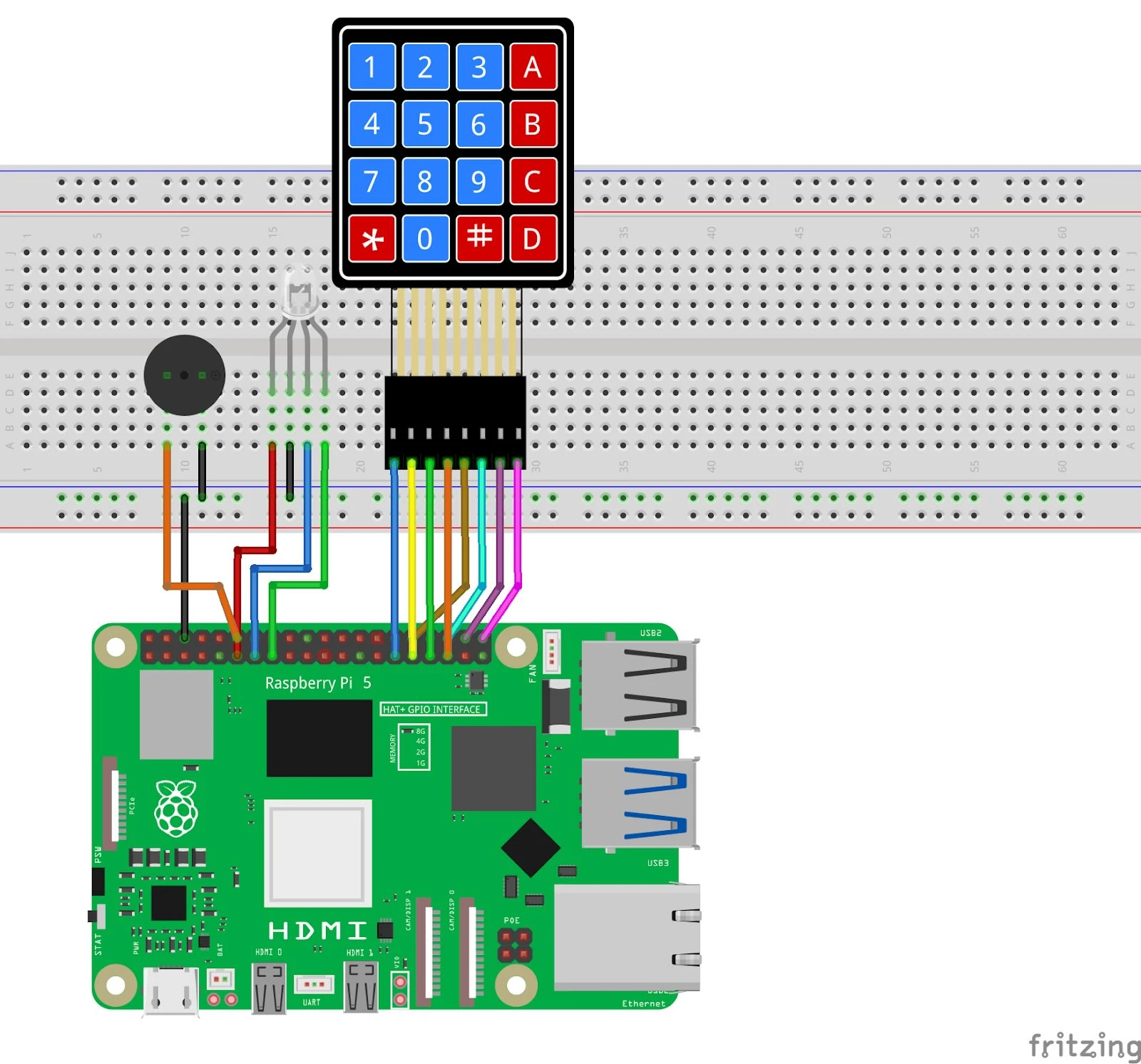
Beginner | Raspberry Pi
GPIO Project 11 - Security System with Keypad
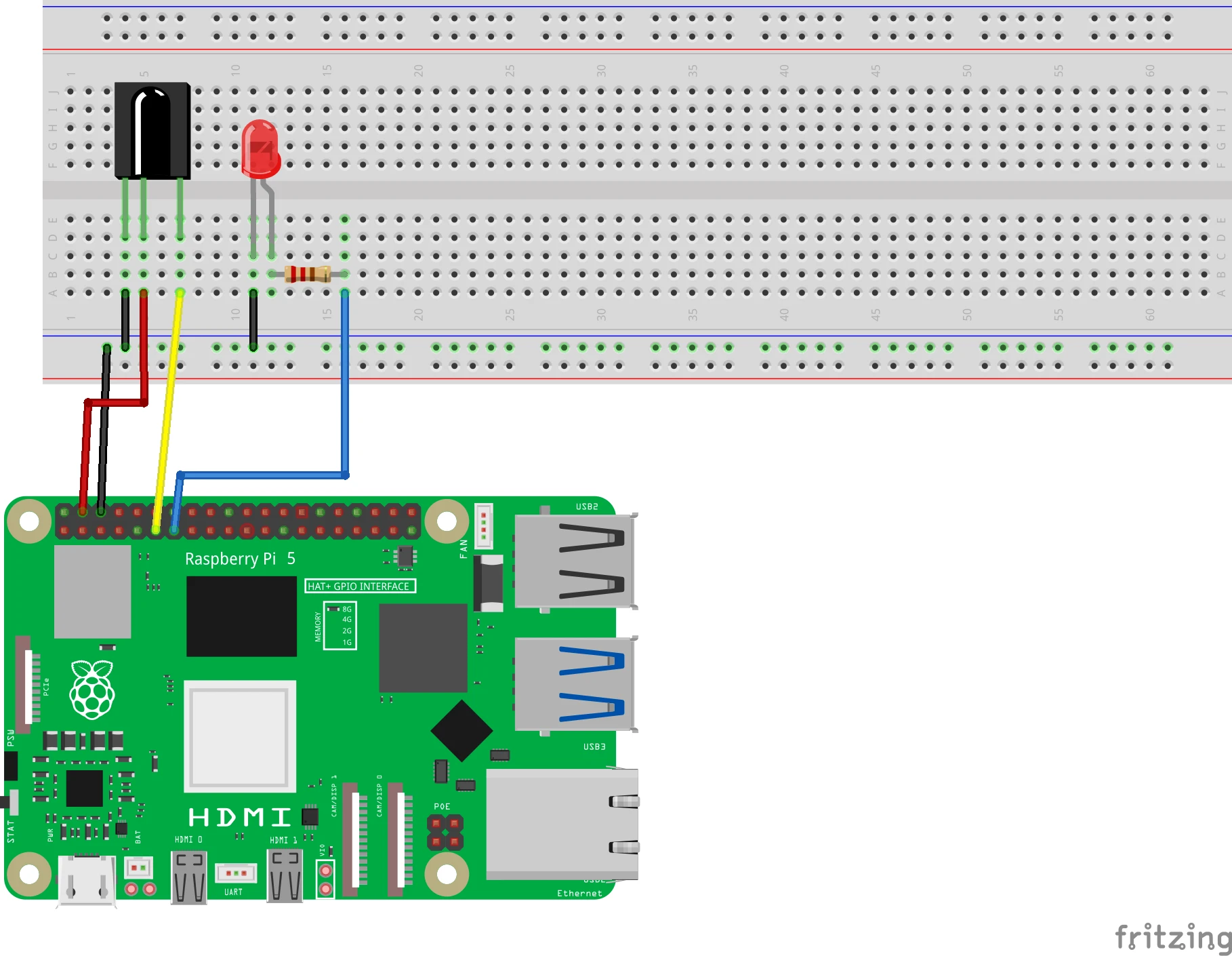
Beginner | Raspberry Pi
GPIO Project 10 - IR Project
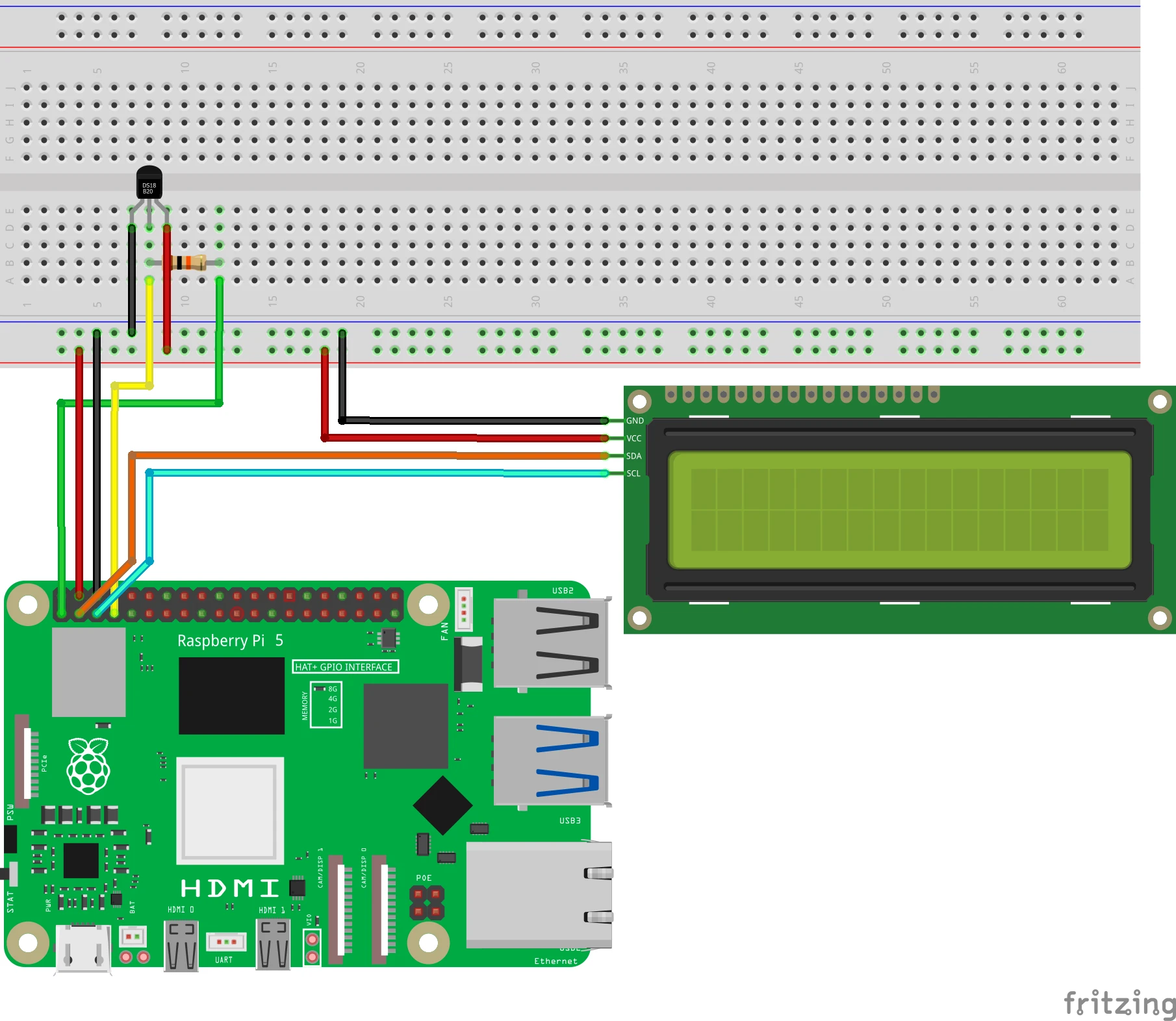
Beginner | Raspberry Pi
GPIO Project 9 - LCD Temperature
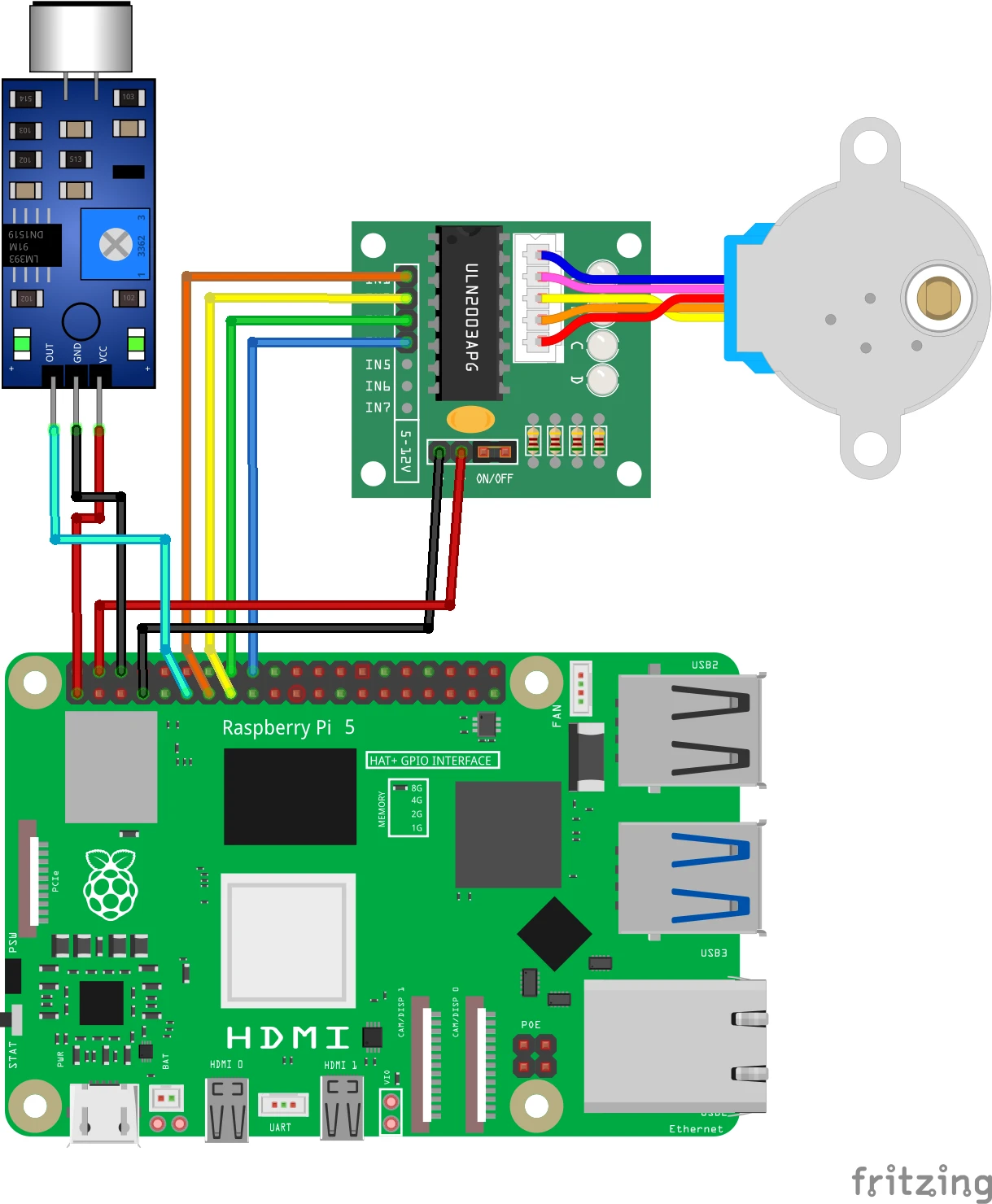
Beginner | Raspberry Pi
GPIO Project 8 - Sound Controlled Motor
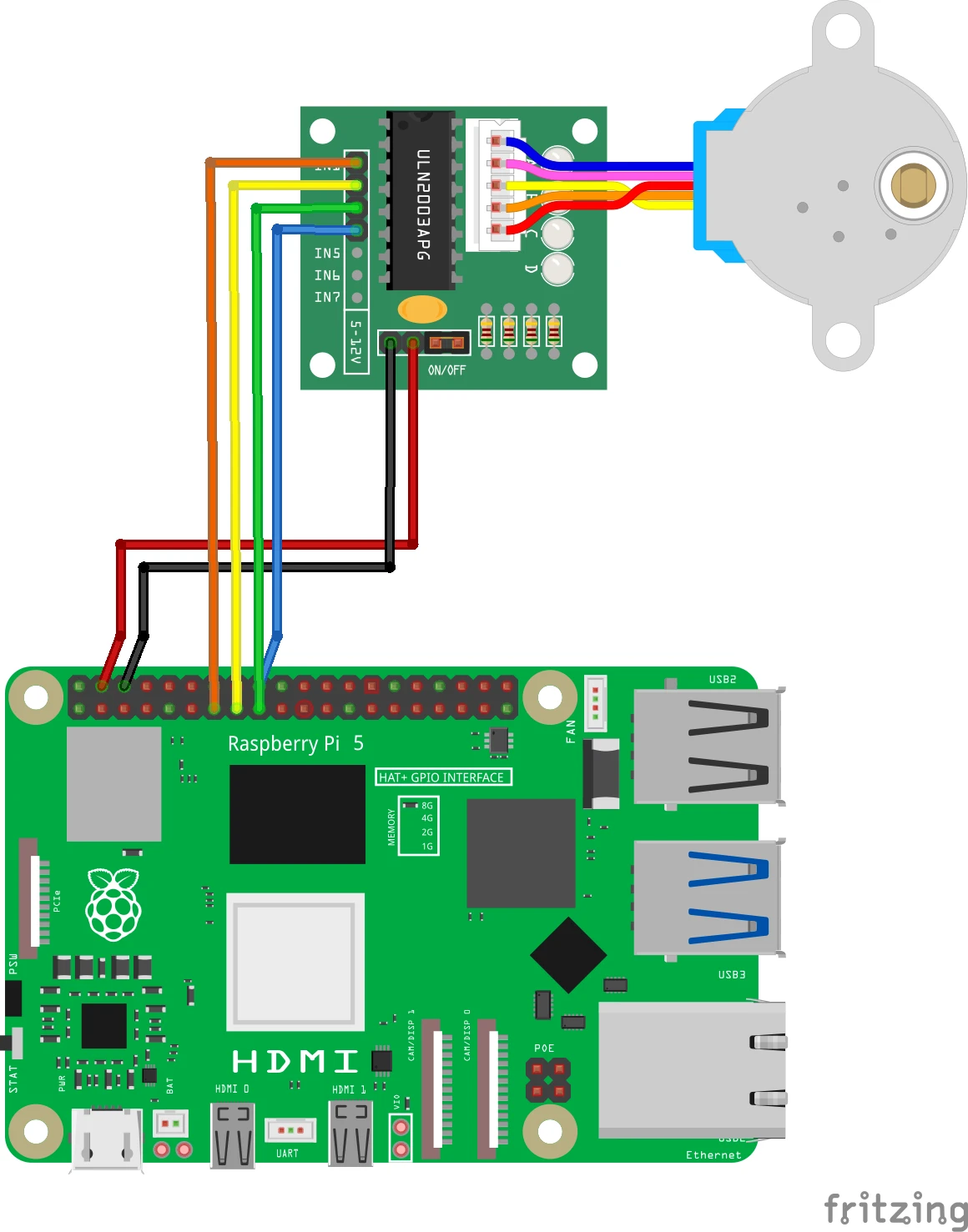
Beginner | Raspberry Pi
GPIO Project 7 - Stepper motor intro
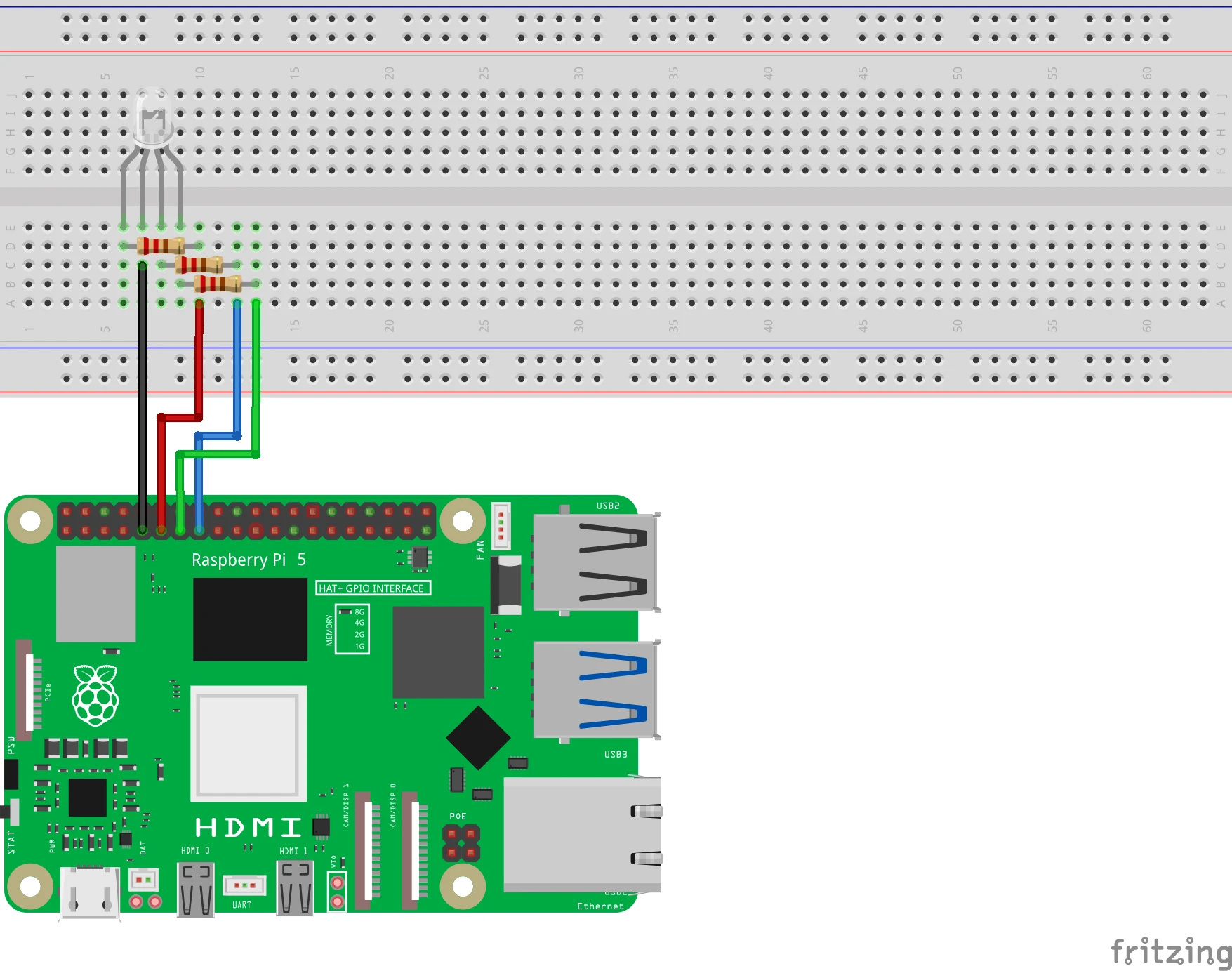
Beginner | Raspberry Pi
GPIO Project 6 - RGB Led
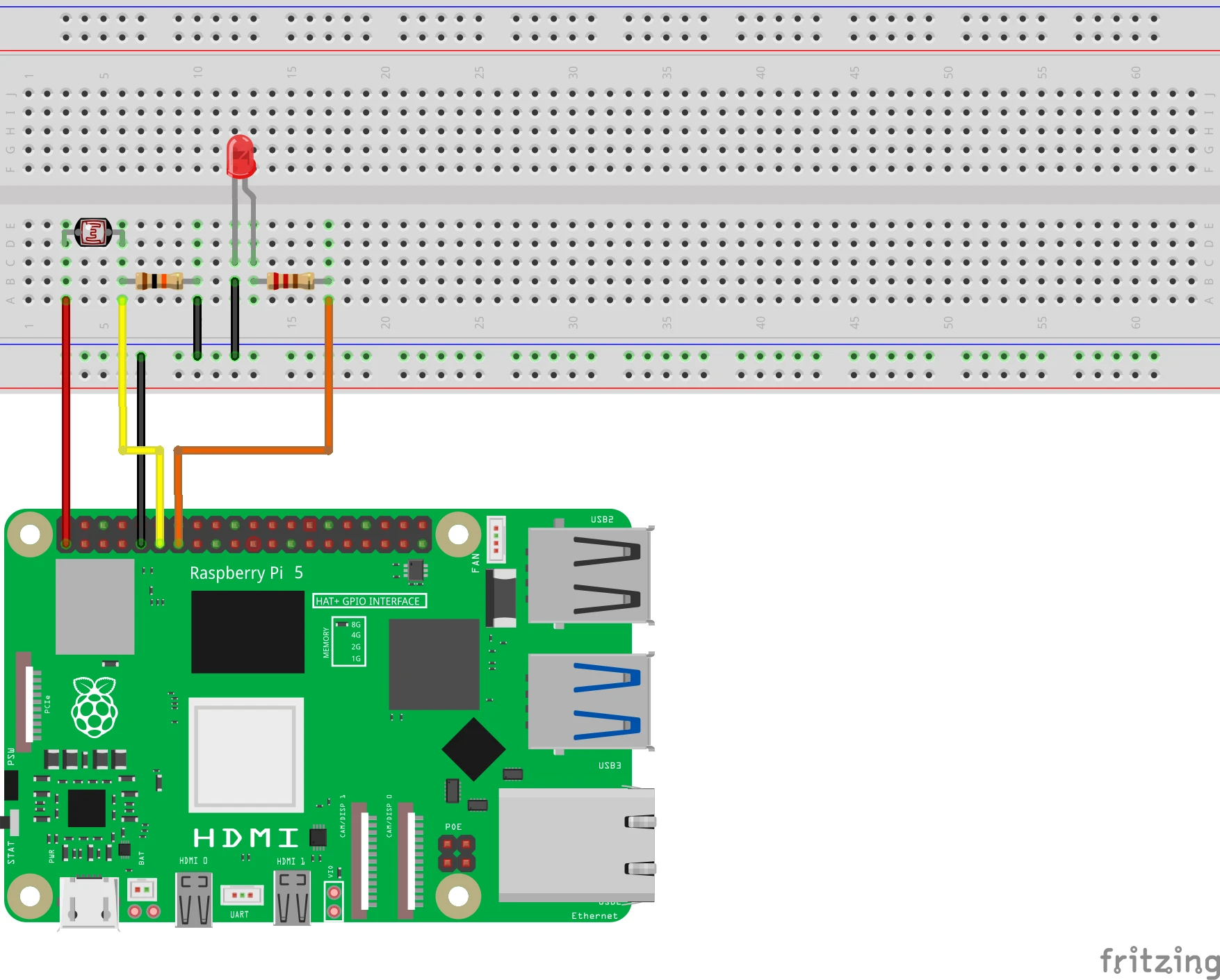
Beginner | Raspberry Pi
GPIO Project 5 - LDR Introduction
Arduino Projects
Arduino is all about quick results. Connect the board, upload your first program, and an LED blinks. Simple, yet instructive. You discover how digital outputs work, how to set timing, and what voltage does. Step by step, you learn programming and circuit-building. Before you know it, you’ll have built a weather station that measures temperature and humidity—or a little robot that drives itself.
What makes Arduino so fun is the mix of hardware and software. You feel what a resistor does. You see how a sensor outputs readings. In the Arduino environment, you write the logic that controls it all. If you’re a complete electronics beginner, an Arduino project is the ideal starting point.
You will make mistakes. Sometimes you’ll wire an LED backwards; sometimes your code won’t work. But that’s precisely what makes it educational. You learn to find bugs, read error messages, and test circuits with a multimeter. Every successful experiment builds your confidence. You grasp more deeply what happens when you tweak something, and little by little you dare to experiment further.
Real-world Arduino projects go even further: you drive motors with PWM signals, read multiple sensors at once, and convert data into graphs.
As you create Arduino projects, you also develop a workflow. First you prototype on a breadboard; then you craft a neater version using a PCB or a 3D-printed enclosure.
Our free Arduino projects will kick-start your electronics adventures!
Raspberry Pi Projects
The Raspberry Pi is more than a microcontroller—it’s a full-fledged mini-computer that can power simple hobby projects or large industrial solutions. You install an operating system and work in Linux: typing commands, installing servers, and programming in Python. Meanwhile, you use the GPIO pins just like on an Arduino, connecting sensors and LEDs. You can build a weather station that sends data via Wi-Fi or turn your Pi into a media center for movies and music. With Raspberry Pi, the possibilities are endless.
The Pi’s power lies in its versatility. You combine networking, interfaces, and logic. With just a few lines of code, you create dashboards. In Python or Node-RED you build control logic and charts. You learn to use databases and even recognize faces with OpenCV—all on a single platform, from electrical signals to a web page.
Beginners see results fast. In under an hour you can have a retro gaming console up and running, or a camera that sends you alerts on motion. Every Raspberry Pi project sparks new ideas: “What if I add another sensor?” “How do I make it scalable?” We give you the basics; you take it from there.
Learning by Doing
With both Arduino and Raspberry Pi, it’s about more than the end product. Every step teaches you something new. You become comfortable with electronics and programming logic—variables, loops, functions.
You learn to think systematically: plan, test, adjust, and document. This approach makes big problems manageable. Mistakes are part of the process. A sensor that doesn’t work or a crashing script forces you to troubleshoot—and that’s how you become both more skilled and more confident. By sharing your work, you learn even more through feedback, ideas, and inspiration from others.
Then comes that magical moment: your project actually works! Whether it’s a blinking LED, a spinning motor, or a live web interface—you built it yourself.
Start Your First Project Today
Want to dive in right away? Choose a simple Arduino or Raspberry Pi project. An LED flasher or a basic weather station is perfect. Follow one of our online tutorials, then experiment with your own variations. Document everything, share your progress, and ask for feedback.
This way, you build not only a working device but also your skills—and your portfolio. Whether you choose Arduino or Raspberry Pi, you’re embarking on an exciting journey where technology, creativity, and problem-solving come together.
Every completed step is a milestone. So gather your components, connect your board, and discover how fun it is to make electronics yourself.
Which challenge will you choose today?